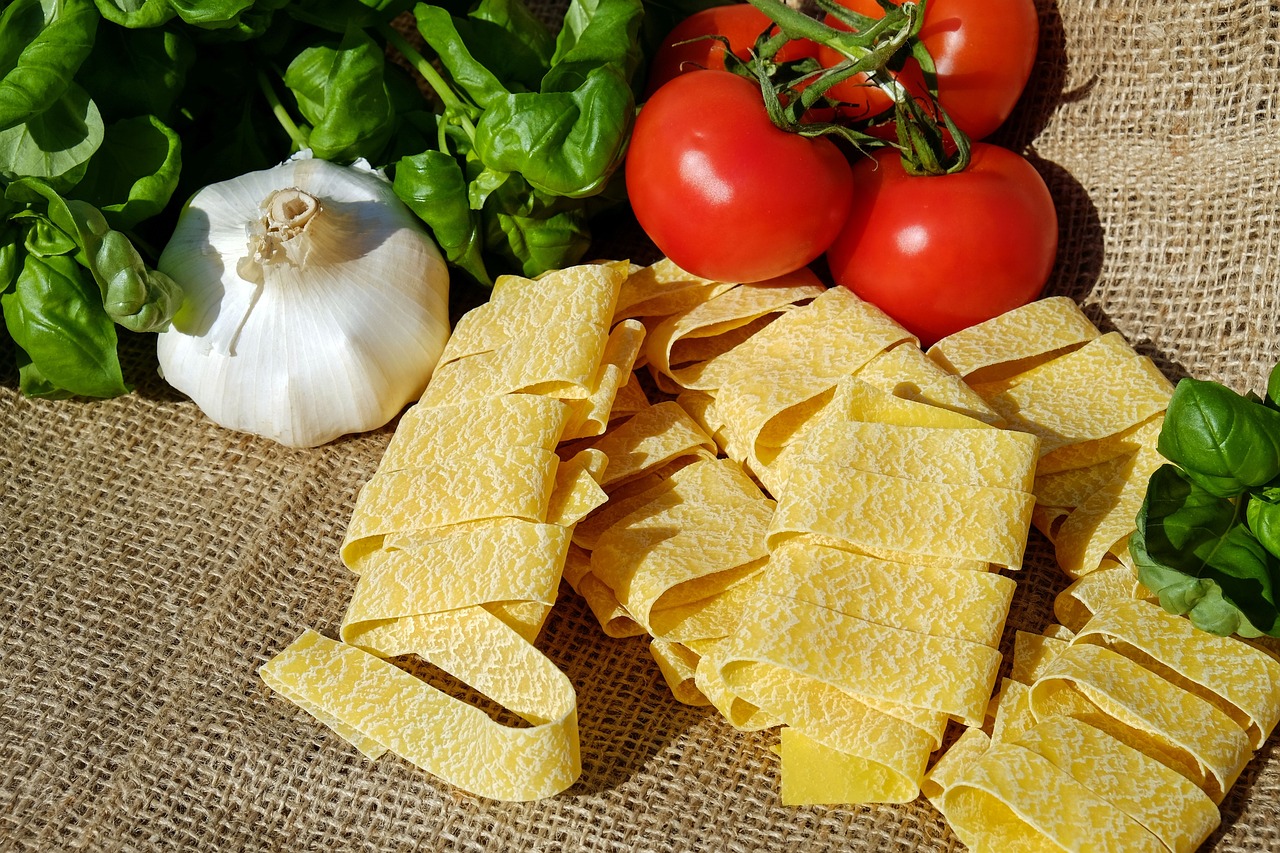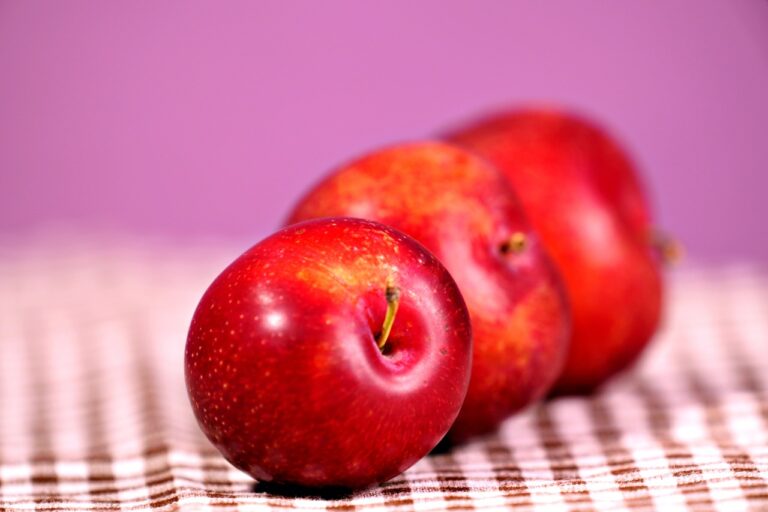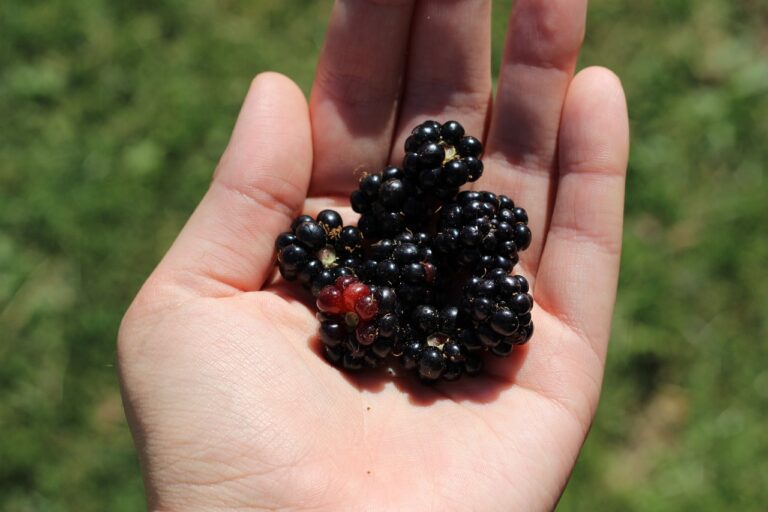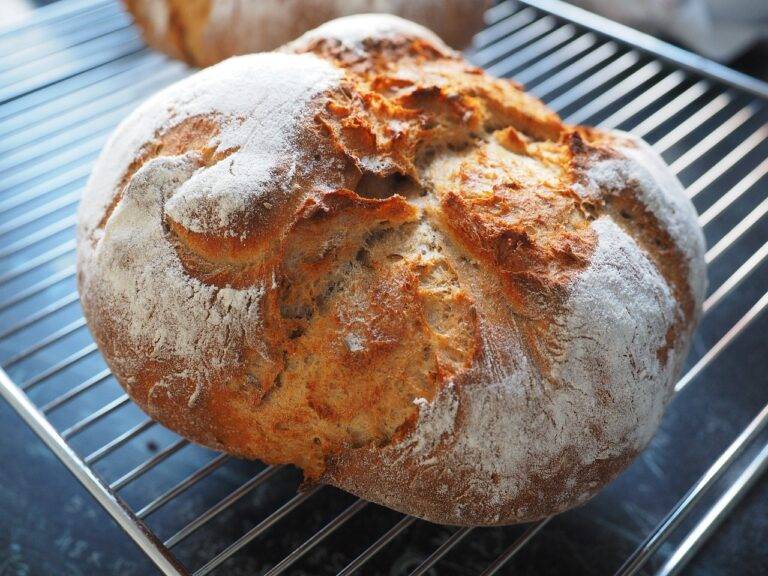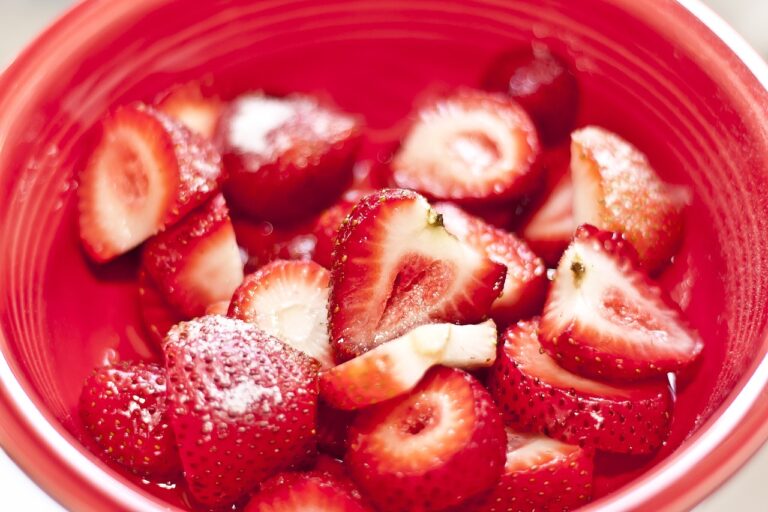World’s Best Chef Competitions: Unraveling the Prestige of Culinary Excellence
Top chefs competing in prestigious culinary competitions not only showcase their exceptional culinary skills but also demonstrate their ability to think on their feet. Their creativity and innovation are unmatched, allowing them to create dishes that wow both the judges and the audience. It is their attention to detail and passion for their craft that truly sets them apart from the rest.
Furthermore, these top chefs possess a keen sense of flavor profiles and an understanding of how different ingredients work together to create harmonious dishes. Their ability to adapt to changing challenges and unexpected circumstances during competitions showcases their resilience and adaptability. Ultimately, what distinguishes top chefs in prestigious culinary competitions is not just their technical skills, but also their ability to push boundaries and constantly strive for culinary excellence.
The Evolution of Chef Competitions: From Tradition to Innovation
In the culinary world, chef competitions have come a long way from their traditional roots to embrace innovation and creativity. What once focused solely on classic techniques and established dishes has now evolved into a platform for chefs to showcase their unique culinary perspectives and push the boundaries of gastronomy.
Gone are the days when chef competitions were limited to replicating signature dishes or mastering classic recipes. Nowadays, these competitions challenge chefs to think outside the box, experiment with unconventional ingredients, and create dishes that not only taste extraordinary but also tell a compelling story. This shift towards innovation has raised the bar for competitors, pushing them to constantly reinvent themselves and stay ahead of culinary trends.
Judging Criteria in High-Stakes Culinary Challenges
When it comes to high-stakes culinary challenges, the judging criteria hold immense significance in determining the winners. The criteria typically encompass various elements like taste, presentation, creativity, technique, and adherence to the given brief. These components collectively provide a comprehensive evaluation framework that ensures a fair and thorough assessment of each dish.
One of the primary aspects that judges focus on is the taste of the dish. The flavors need to be well-balanced, harmonious, and pleasing to the palate. Additionally, the presentation plays a crucial role in creating a visual impact and enhancing the overall culinary experience for the judges. Creativity in the use of ingredients, flavors, and techniques is also highly valued, as it showcases the chef’s innovation and skill. Lastly, the precise execution of culinary techniques and the ability to meet the requirements of the challenge demonstrate the chef’s proficiency and attention to detail.
What are some common judging criteria in high-stakes culinary challenges?
Some common judging criteria include taste, presentation, creativity, technique, and adherence to the challenge guidelines.
How do judges evaluate the taste of a dish in a culinary competition?
Judges evaluate the taste of a dish based on flavor profile, seasoning, balance of ingredients, and overall enjoyment.
What role does presentation play in the judging criteria of a culinary competition?
Presentation is crucial in a culinary competition as it not only showcases the chef’s creativity but also enhances the overall dining experience for the judges.
How important is creativity in high-stakes culinary challenges?
Creativity is highly important in culinary competitions as it sets apart top chefs and demonstrates their ability to think outside the box and push boundaries.
Why is technique considered in the judging criteria of culinary competitions?
Technique is a key aspect of culinary competitions as it demonstrates the chef’s skill, precision, and mastery of cooking methods.
How do chefs ensure they adhere to the challenge guidelines in a culinary competition?
Chefs ensure they adhere to the challenge guidelines by carefully reading and understanding the rules, planning their dish accordingly, and executing it within the given parameters.

